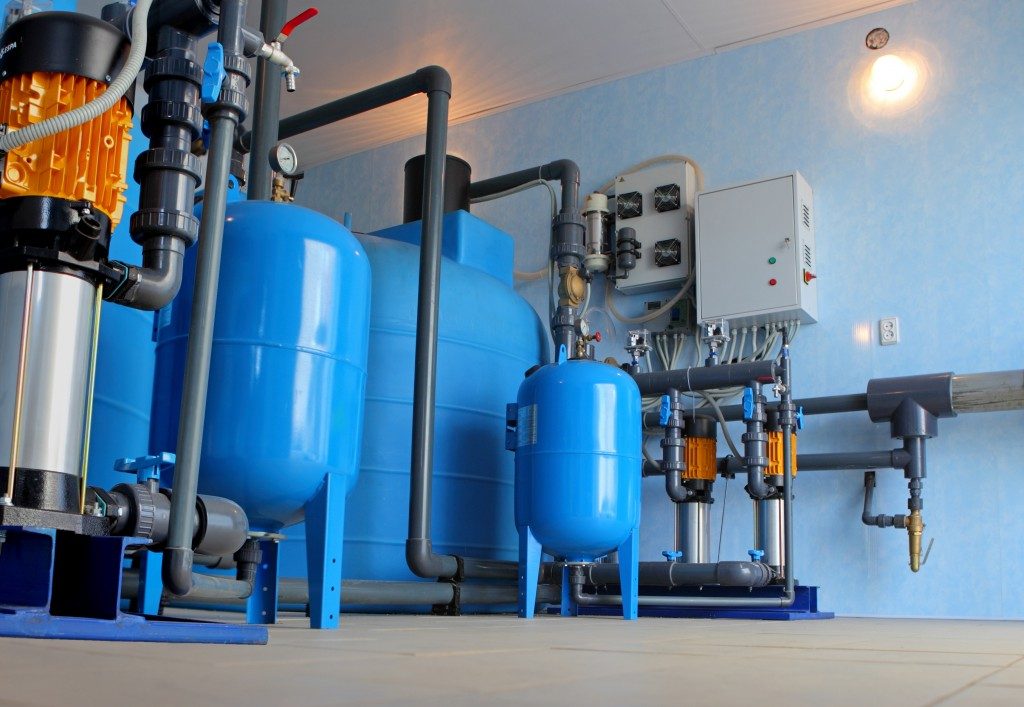
Implementing water efficiency systems and measures is still not considered a standard practice in some areas, but that does not mean you should not practice it anyway. When your organization is ready to focus on reducing its water waste and minimizing unnecessary use, this guide can be used as a checklist to get things in order.
To begin, you must first understand what the water in your building is being used for. Is it primarily for bathrooms like toilets, urinals, and showers? Do you also use it for various jobs such as landscaping and garden maintenance, kitchen and catering purposes, and laundry services?
By answering these questions, you can get a better idea of which areas you need to focus on to improve your building’s water efficiency.
Improving your building’s water efficiency practice begins with these simple steps:
Install water-saving technologies and systems
Your water efficiency practice should start small. The installation of water-saving technologies like industrial filtration systems can help you save money and reduce the amount of water you use.
Replacing outdated equipment can also be beneficial to your quest for improved water efficiency. Equipment and systems for water treatment, wastewater treatment, and water security should be checked by a professional so he/she can give you an estimate for any upgrades.
While your water and plumbing system may be working fine, installing these new systems can benefit you in the long run, saving you from any financial concern and operations troubles.
Implement good water management practice
People may not be aware of any water-saving practice, much more about water efficiency technologies and systems. However, it would be beneficial for your building if the people were looped in on your drive to become more water-efficient.
This means staff training and awareness dives on how to save water, such as minimizing unnecessary flushing, closing the faucet when not in use, not throwing certain items inside the toilet bowl, and so on.
This can be done annually, quarterly, monthly, or at any time of your choosing. What is important is that the people inside the building know the importance of water efficiency and sustainability. If needed, you can hire a professional to give your staff a seminar on the latest practices and standards when it comes to water efficiency.
Evaluate and improve

Once you have the latest water-saving technology at your disposal and your staff have been properly oriented, you need only evaluate and improve on it. With a working and functional system and practice in your building, you need to constantly evaluate your building’s water efficiency performance. From there, you can improve on what is lacking in the system or in your practice.
Perhaps there are some broken urinals and faucets that need fixing or some staff members need refreshers on water saving guidelines. Whatever the reason, you need to improve on it and focus on a new and updated practice or system that can prevent the problem from happening again.
Improving your building’s water efficiency cannot be done overnight. It takes time, dedication, and effort to complete its implementation. It is also a continuous practice that needs to be constantly evaluated and improved. With this short guide, your building can be truly water-efficient and sustainable in no time.

